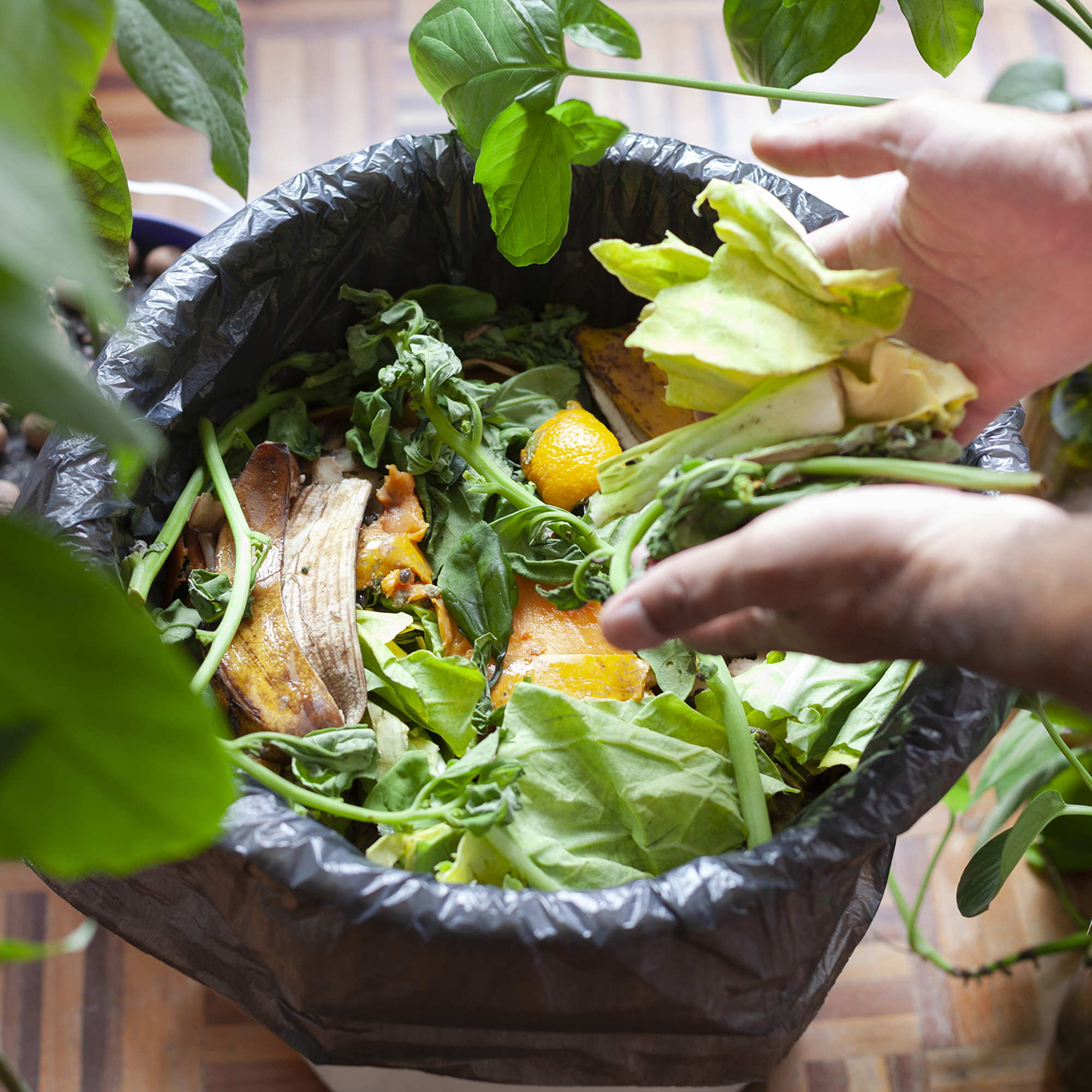Indoor Carrot Garden: Tips For Growing Carrots Indoors


Can carrots grow indoors? Yes, and growing carrots in containers is easier than growing them in the garden because they thrive on a steady supply of moisture—something that's hard to provide outdoors in the heat of summer. When you grow your own carrots, you have options that you'll probably never see in the grocery store, including unusual shapes and a rainbow of colors. So grab a pot and let's get to growing carrots indoors.
Can Carrots Grow Indoors?
Carrots are among the easiest vegetables to grow indoors, and your indoor carrot garden will be attractive as well as functional. Potted carrots fill their container with dark green, lacy foliage that you'll be proud to display in any room of your home. You can grow baby carrots in any size container, but longer varieties need deeper pots. Choose a pot that is at least 8 inches (20 cm.) deep to grow short or half-long varieties, and one that is 10 to 12 inches (25-31 cm.) deep for standard length carrots. Fill the pot with good quality potting soil to within an inch (2.5 cm.) of the top. Now you are ready to plant carrots.
How to Grow Carrot Plants in Pots
The first challenge to growing carrots indoors is getting those tiny little seeds into the soil. To save yourself some frustration, don't worry about trying to space them evenly around the pot. Just moisten the soil and sprinkle the seeds over the surface. Once they germinate, clip out the extra seedlings with a pair of scissors so that the remaining carrots are about one-half inch (1 cm.) apart. When they are about 3 inches (8 cm.) tall and you can see which seedlings are the sturdiest, thin them again to about an inch (2.5 cm.) apart or the distance recommended on the seed packet. Place your potted carrots in a sunny window and keep the soil moist at the surface until the seeds germinate. Water the pot when the soil is dry at a depth of 1 inch (2.5 cm.) once the seedlings begin to grow. When the seedlings reach a height of 3 inches (8 cm.), it's time to start a regular feeding schedule. Use a liquid houseplant fertilizer mixed at full strength every two weeks. Harvest carrots any time after they develop their mature color. Tiny, immature carrots are a tasty treat, but you don't get much carrot for your effort, so you probably want to let at least some of them grow to full size. Harvest the carrots by pulling them straight out of the soil. Digging around in the soil disturbs the roots of other carrots and may cause deformities. Not enough carrots? Prolong the harvest by planting additional pots of carrots at two week intervals. After all, you can never have too many carrots.
Gardening tips, videos, info and more delivered right to your inbox!
Sign up for the Gardening Know How newsletter today and receive a free copy of our e-book "How to Grow Delicious Tomatoes".

Jackie Carroll has written over 500 articles for Gardening Know How on a wide range of topics.
-
 Try The Trend – Turn Any Bed Into A Keyhole Garden With This Clever In-Ground Composter
Try The Trend – Turn Any Bed Into A Keyhole Garden With This Clever In-Ground ComposterKeyhole gardening is an efficient and sustainable practice that saves space. Get started on this DIY project quickly and easily with an in-ground composter.
By Bonnie L. Grant
-
 4 Superfast Composting Methods: Turn Waste Into Garden Gold In 30 Days Or Less
4 Superfast Composting Methods: Turn Waste Into Garden Gold In 30 Days Or LessTry the fastest composting methods to turbocharge your pile and transform kitchen scraps and garden waste into finished compost in just a few weeks.
By Mary Ellen Ellis